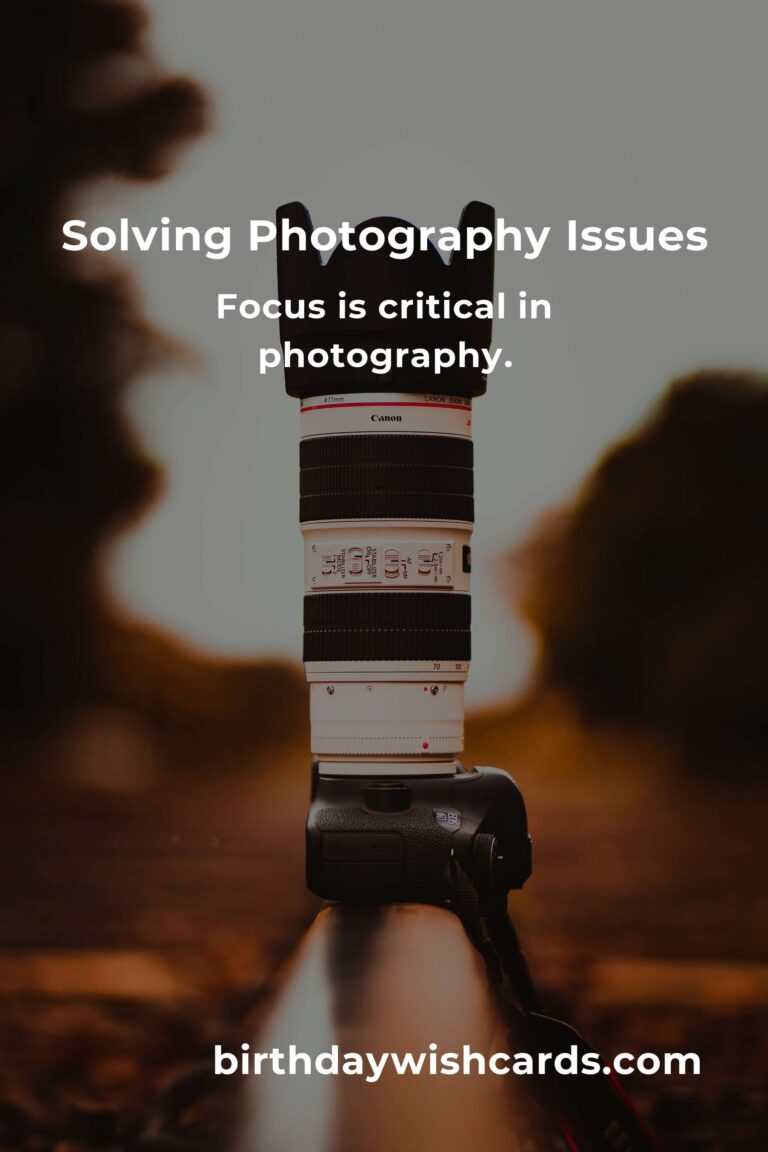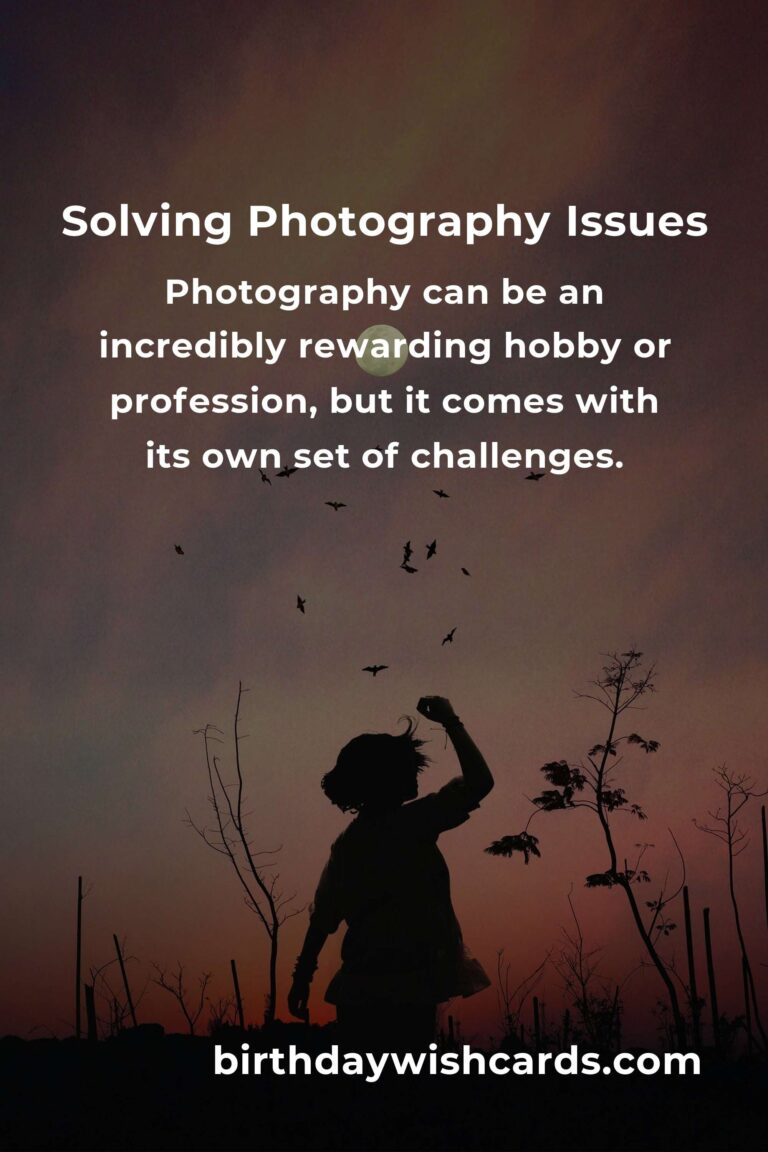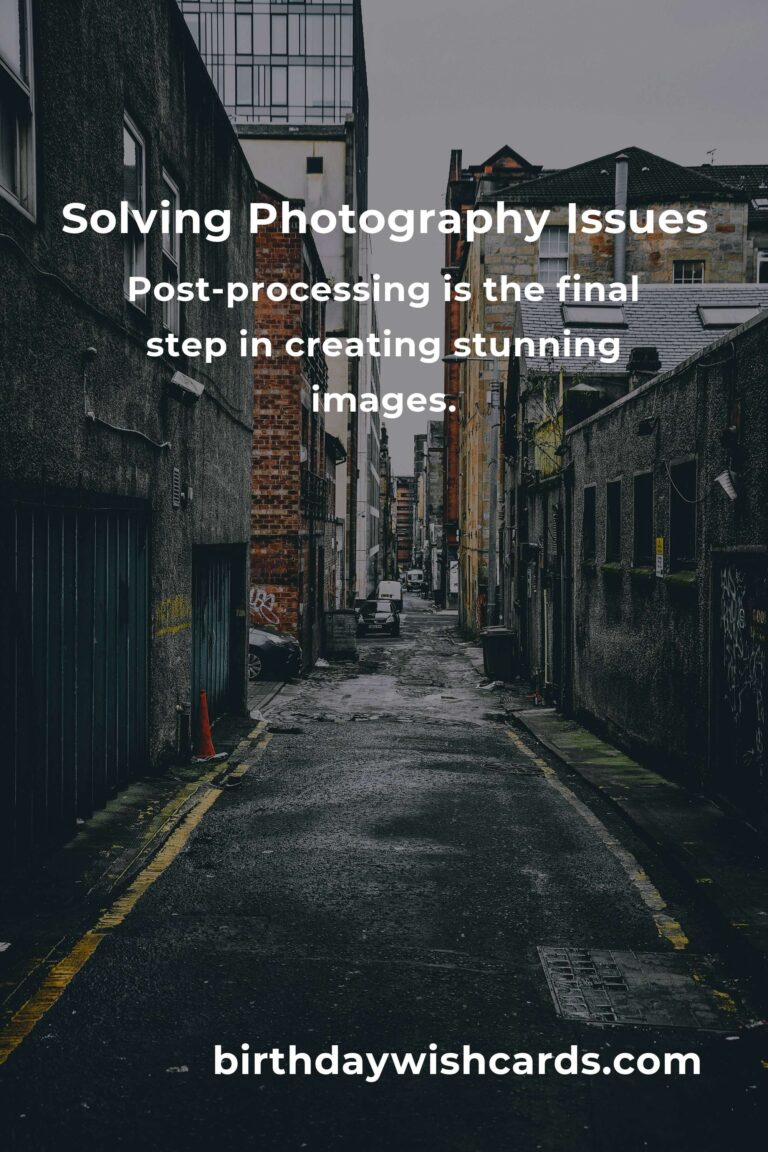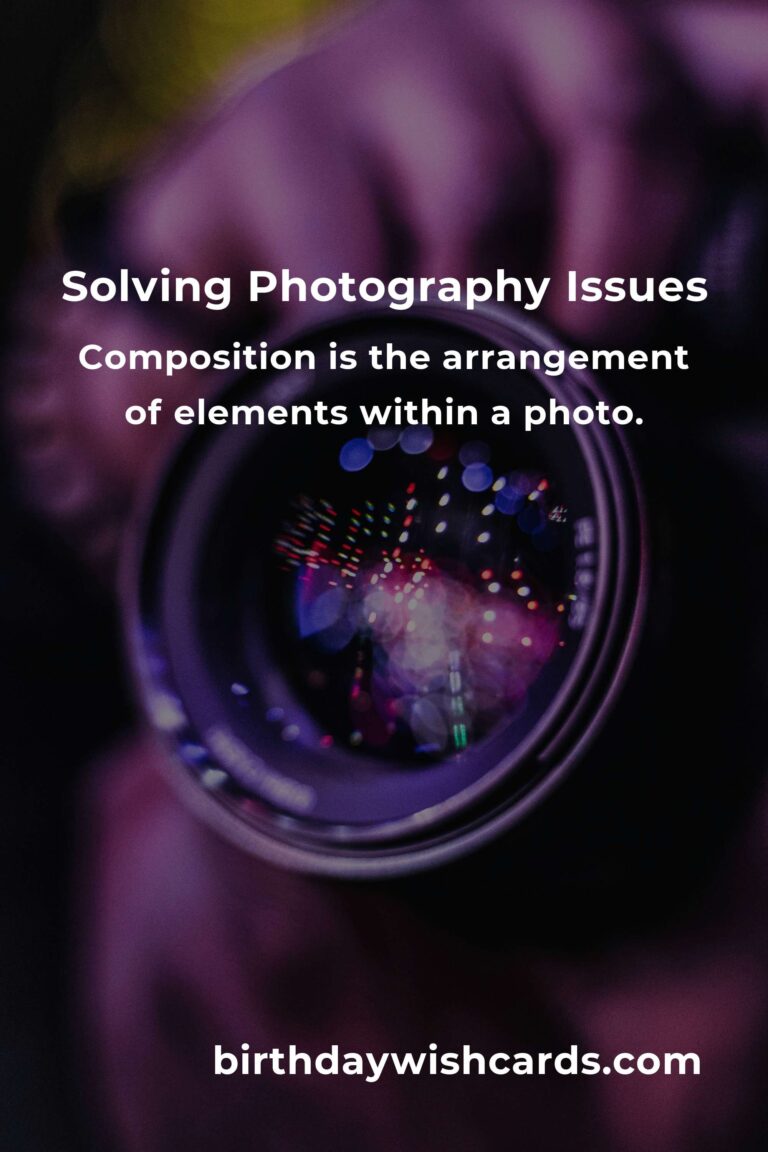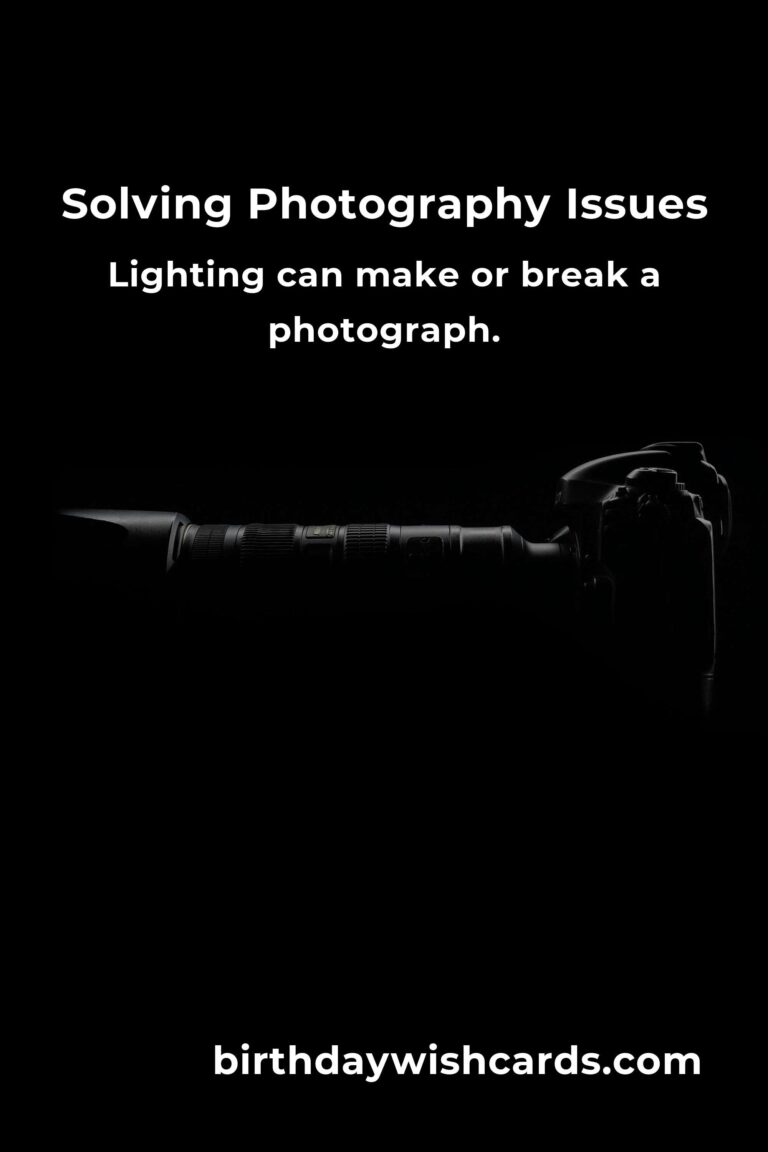
Photography can be an incredibly rewarding hobby or profession, but it comes with its own set of challenges. Whether you are a beginner or someone who has been clicking the shutter for years, you are bound to encounter a few common problems. This article aims to help you master quick photography fundamentals by solving these common issues, ensuring you capture stunning images each time.
Understanding Exposure: The Key to Perfect Photos
Exposure is one of the most crucial elements in photography. It determines how light or dark your photos will appear. The three main components that affect exposure are aperture, shutter speed, and ISO. Each plays a vital role in capturing the perfect shot.
Aperture controls the depth of field. A larger aperture (smaller f-number) lets in more light and results in a shallower depth of field, perfect for portraits where you want the background to blur. Conversely, a smaller aperture (larger f-number) is ideal for landscapes, providing a sharp focus throughout the scene.
Shutter Speed controls the duration the camera’s shutter is open. A fast shutter speed can freeze motion, which is great for action shots, whereas a slower shutter speed allows for more light and is ideal for low-light conditions or creating motion blur.
ISO determines the sensitivity of your camera’s sensor to light. A lower ISO is preferable for bright conditions to maintain image quality, while a higher ISO can be used in darker settings, though it may introduce noise to your photos.
Tackling Common Focus Issues
Focus is critical in photography. Blurry images can often ruin otherwise perfect shots. To avoid focus-related problems, ensure you’re using the right autofocus mode. For stationary subjects, use single-point autofocus, and for moving subjects, continuous autofocus is more effective.
Another tip is to use the back-button focus technique, which separates the focus function from the shutter release, giving you more control over when and how your camera focuses.
Lighting Challenges: How to Overcome Them
Lighting can make or break a photograph. Natural light is often the best light, but it’s not always available. Here are some tips to tackle lighting challenges:
Golden Hour: This is the hour after sunrise and before sunset when the light is soft and warm, perfect for outdoor photography.
Artificial Lighting: Use diffusers or reflectors to soften harsh artificial light. Experiment with different light sources, such as lamps or LED panels, to find what works best for your scene.
White Balance: Incorrect white balance can cause color casts. Adjust the white balance settings on your camera to match the lighting conditions, or shoot in RAW format to correct it during post-processing.
Overcoming Composition Mistakes
Composition is the arrangement of elements within a photo. Poor composition can make a photo feel cluttered or uninteresting. Use the rule of thirds to create balanced and engaging compositions. Imagine your image divided into nine equal segments by two vertical and two horizontal lines. Place the most important elements along these lines or at their intersections.
Leading lines, framing, and symmetry are other compositional techniques that can enhance your photography. Practice these methods to see what works best for your style.
Post-Processing: Enhancing Your Images
Post-processing is the final step in creating stunning images. Software like Adobe Lightroom or Photoshop allows you to enhance your photos by adjusting exposure, contrast, and colors. Be mindful not to over-edit; aim for natural enhancements that bring out the best in your images.
By understanding and overcoming these common photography problems, you can significantly improve your skills and confidence as a photographer. Practice is key, so keep experimenting with different settings and techniques to find what works best for you.
Photography can be an incredibly rewarding hobby or profession, but it comes with its own set of challenges. Exposure is one of the most crucial elements in photography. Focus is critical in photography. Lighting can make or break a photograph. Composition is the arrangement of elements within a photo. Post-processing is the final step in creating stunning images.
#Photography #PhotoTips #Exposure #Lighting #Focus #Composition #PostProcessing


